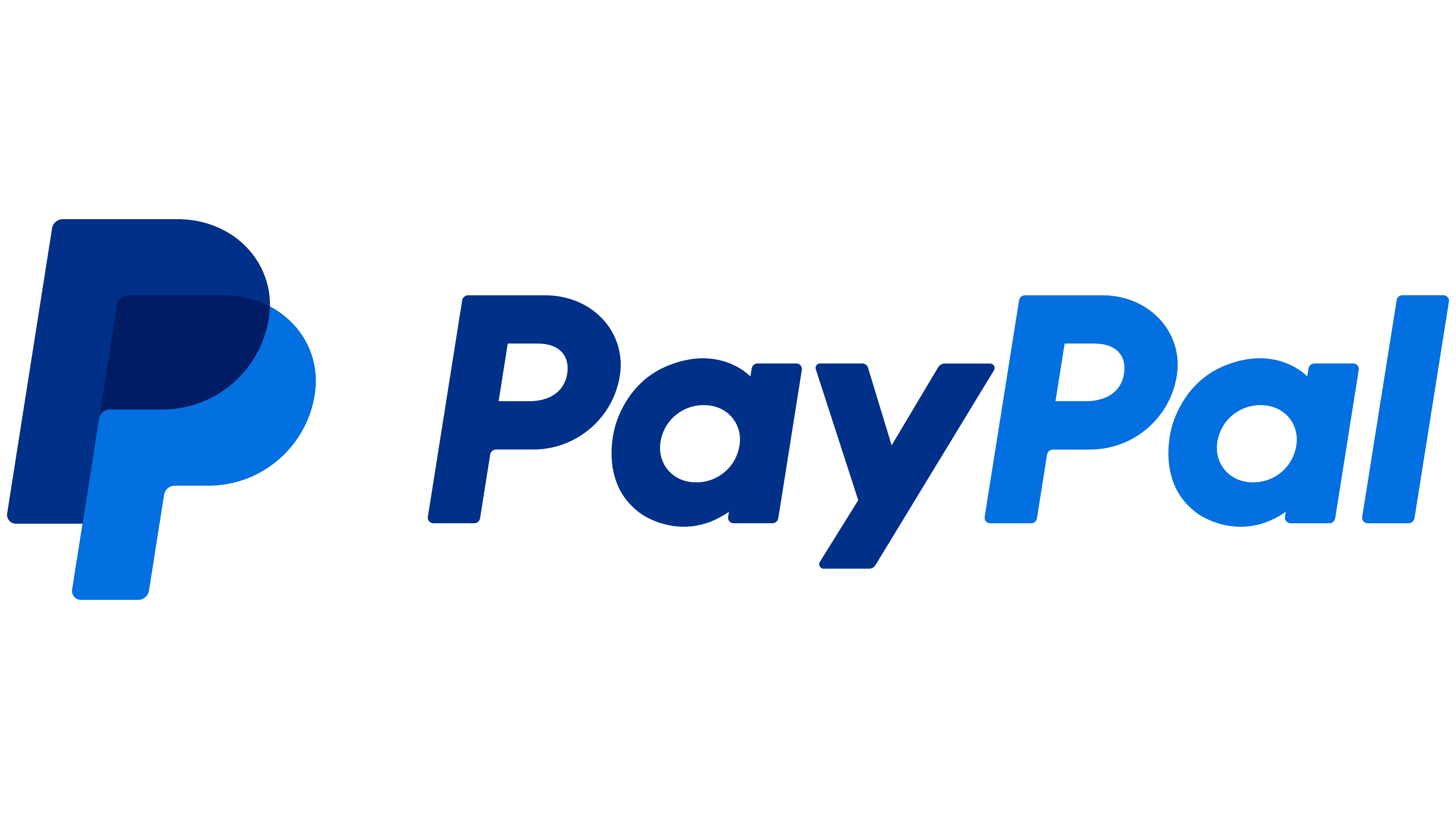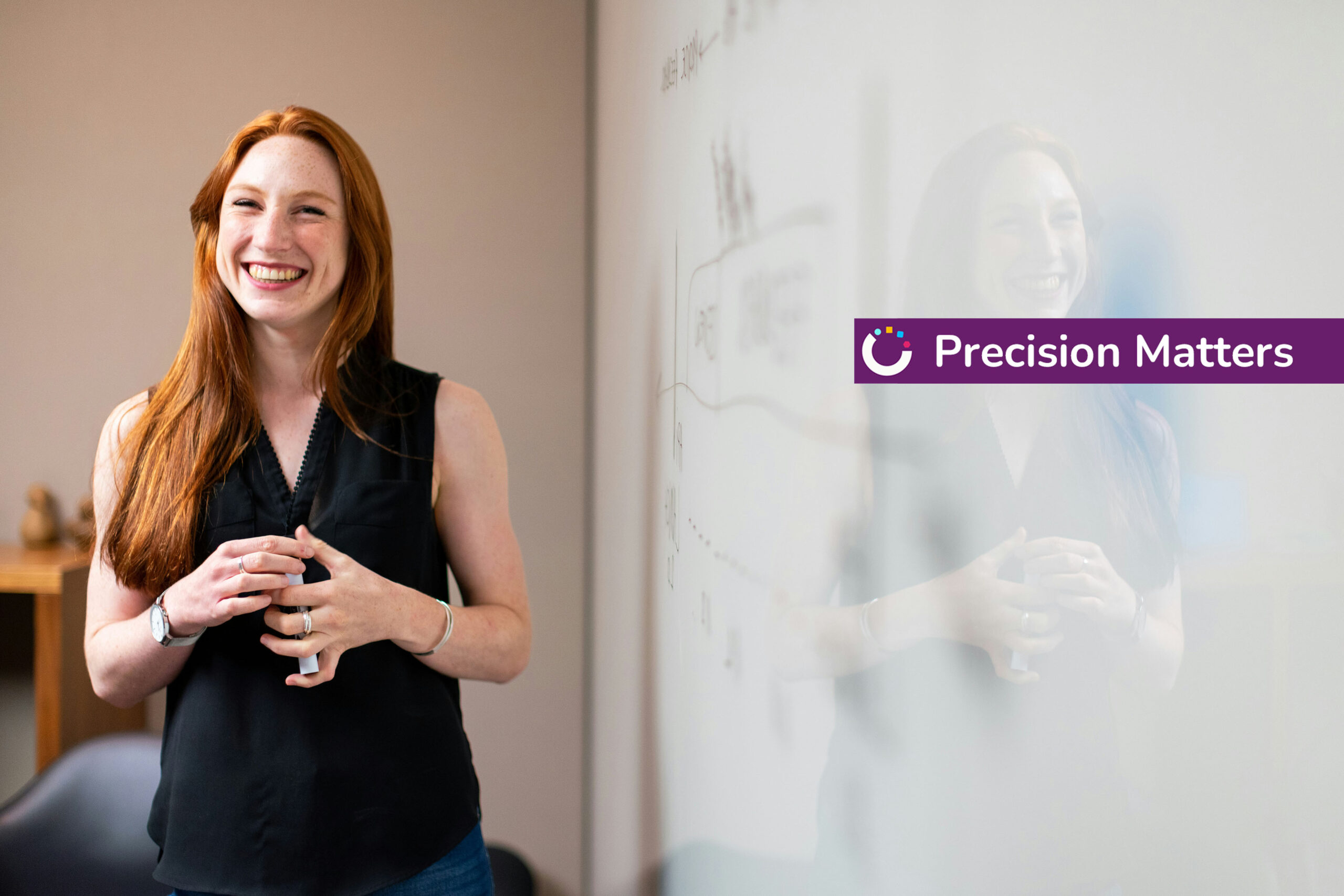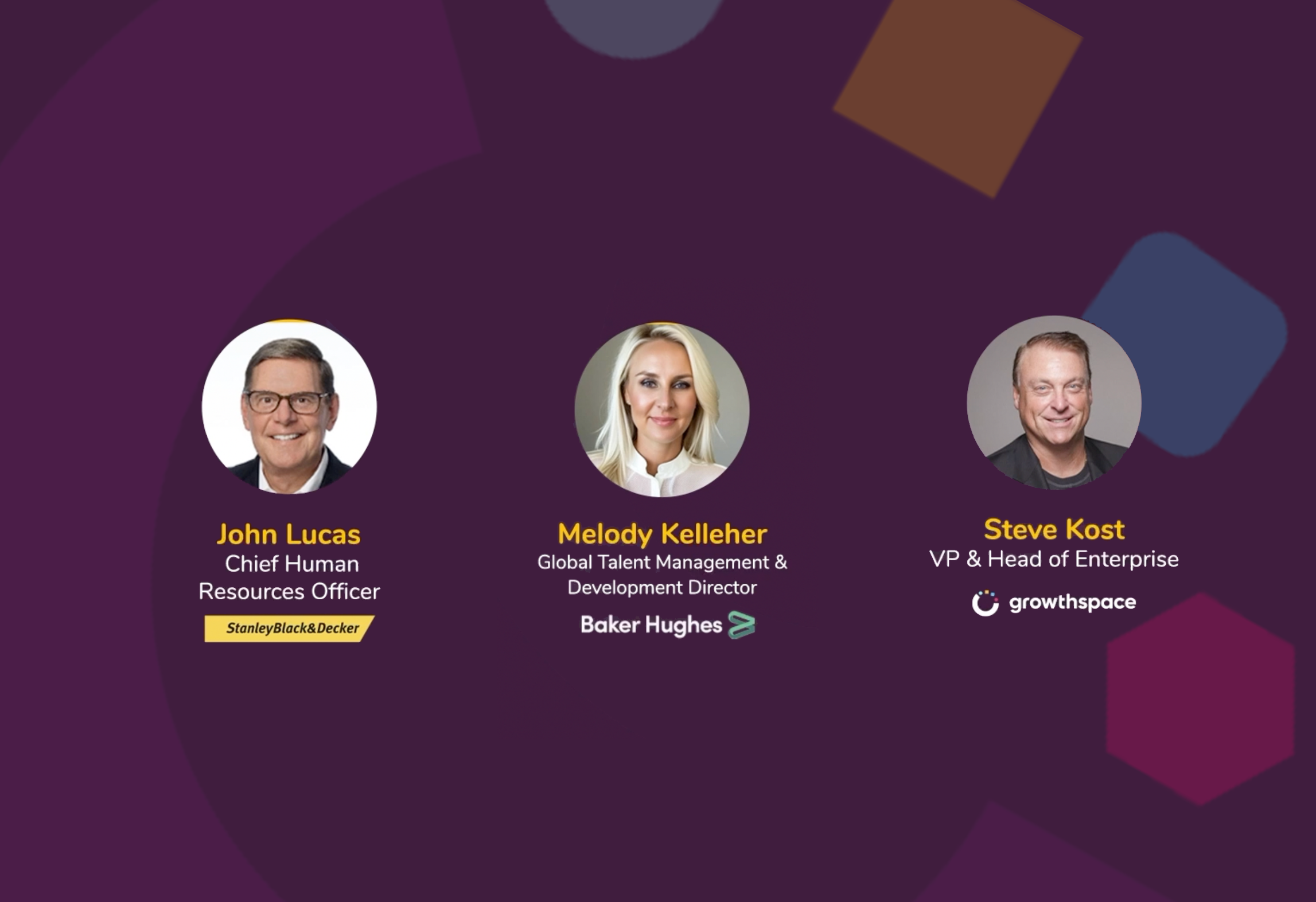Employee growth and development is possibly the number one issue at the forefront of every HR professional’s mind as we kick off 2023. From high turnover to quiet quitters, you need to be smarter than ever about how you nurture employees – and build your employee growth development plan carefully. Many major companies are seeing major boosts to their reputation, employee engagement, and bottom lines by giving employees the growth opportunities they desire.
Why Not Just a Development Plan?
The modern employee has a new set of expectations. As we’ve seen with recent dramatic changes in the job market and worker attitudes, old approaches need serious renewal. This is particularly true for Millennials and Gen Z employees.
If you need irrefutable proof, just look at engagement trends over the last few years. Pre-Covid, engagement rates were going up and things were looking good. Whatever was being done, including traditional employee development, was succeeding.
Then we hit the pandemic, and life as we knew it went out the window. The Great Resignation and the Act Your Wage movement – both highly related to engagement – have been fascinating from the viewpoint of an organizational psychologist, but downright terrifying for HR.
Growth Is Important Too
“Growth” includes a lot of the ideas that are part of regular employee development plans, which are usually aimed at upskilling and experiences to practice those new skills. But the practice of growth adds crucial elements that boost factors like satisfaction, morale, and work/life balance.
The trick for HR is to build plans that create a working environment where an employee is both satisfied and engaged, meaning that they like doing their job, and doing it well. As Richard Branson says, one of the goals of HR is to “train people well enough so they can leave, and treat them well enough so they don’t want to.”
How Employee Growth Development Plans Are Built
There are always three parts to any HR initiative: strategy, implementation, and measurement.
Strategy. All development plans start with an understanding of what the organization needs as part of a career management program and related skills gap analysis. But when it comes to growth, initiatives that encourage satisfaction are just as important.
Implementation. With so many potential areas to work on, it can be a challenge to decide exactly which courses to provide, so keeping track of the latest HR priorities is a good idea. Once a list of development and growth programs is created, HR should apply them to all stages of the employee lifecycle – new hires, post-onboarding, and even when the employee decides to leave. It’s also essential to make the whole process efficient – and there are some great technologies out there to do exactly that.
Measurement. Before, during, and after each program, HR must apply the relevant metrics to ensure that progress has been made. Care should be taken to apply the best measurement tool for each course. For example, productive training in a sales skill can be gauged through ROI, but looking at job satisfaction should use a specific tool like the Job Descriptive Index.
Top Companies and Their Growth Plans
Growth and development plans are seeing real-world success at major organizations the world over. To give you some inspiration, here are a few notable examples of such methods in action.
GoDaddy
If you ever buy an Internet domain name, chances are that GoDaddy will be the broker. To encourage employee advancement, GoDaddy created an internal development program called MyCareer. The platform allows employees to understand what is important for success in their current role and to get resources to move up in the organization. As a result of a focus on growth, GoDaddy has improved levels of skill, expanded its talent pool, and received recognition as a great place to work.
Chipotle
It comes as little surprise that the highest turnover level of any industry is that for hospitality. As a leading restaurant chain, Chipotle risks losing employees constantly to the degree that it affects the quality of service. To stem the tide, Chipotle has invested heavily in more than 5,500 courses, which include self-improvement topics such as management, leadership, and wellness.
Marriott
This global hotel chain faces a definite challenge when it comes to growing the skills and satisfaction of its 120,000 employees. Talk about a large organization – it owns more than 8,000 properties across 139 countries. For their growth initiatives, Marriott delivers both virtual and in-person courses that cover topics like leadership and work/life balance.
Textron
Textron is a conglomerate that has a diverse range of subsidiaries in industries including aviation, auto parts, and electrical tools. With 33,000 employees, Textron has a lot of growth ground to cover. So the company applies L&D programs at each level of the employee experience: the First-Year program for new hires, Textron University for all workers to learn skills ranging from technology to wellness, and a talent development team that provides specialized professional learning opportunities.
So How Do I Get There Too?
More and more, companies are relying on GrowthSpace to support their growth and development programs. With a technology that connects experts like trainers, coaches, and mentors to employees with specific development goals, GrowthSpace creates efficiency and finally resolves the one-size-fits-all approach. If your goal is to grow, go for GrowthSpace.



